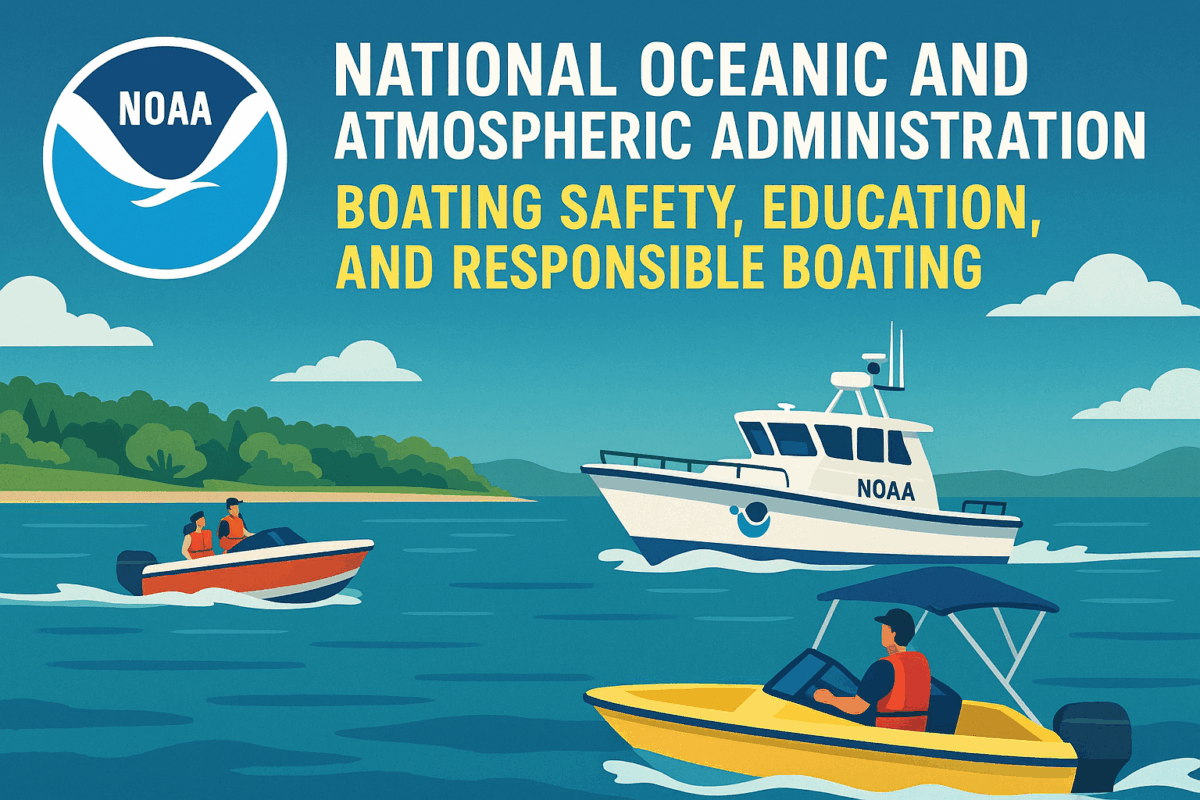Call: 1-800-832-7191

NOAA’s SWFO-L1 observatory
Understanding NOAA’s SWFO-L1 Observatory Mission
Space weather affects satellites, power grids, and communication systems. NOAA’s SWFO-L1 observatory monitors solar activity to protect these vital assets. Positioned at Lagrange Point 1, it offers uninterrupted views of the Sun’s behavior.
This observatory collects real-time data on solar wind and magnetic fields. These measurements help forecast solar storms before they reach Earth. Early warnings allow operators to take protective actions quickly and efficiently.
Why NOAA’s SWFO-L1 Observatory Matters
Unlike older satellites, this observatory operates continuously. It replaces aging systems like SOHO and ACE, which have exceeded their design lifespans. With advanced instruments, it delivers faster and more accurate data.
The Compact Coronagraph captures coronal mass ejections within 30 minutes. Other sensors measure solar wind and plasma in under five minutes. These rapid updates improve forecasting and reduce risks to infrastructure.
Instruments That Drive Precision
Four key instruments power the observatory’s capabilities. The Solar Wind Plasma Sensor tracks ion velocity and temperature. The Magnetometer measures magnetic field vectors with high accuracy.
Additionally, the SupraThermal Ion Sensor detects high-energy particles. The Compact Coronagraph images the Sun’s outer atmosphere. Together, these tools provide a complete picture of space weather conditions.
Enhancing National Security and Readiness
Space weather can disrupt GPS, aviation, and emergency response systems. By monitoring solar activity, the observatory strengthens national defense and public safety. Its data supports agencies across multiple sectors.
Moreover, the observatory aids space commerce and exploration. Human spaceflight missions rely on accurate forecasts to avoid radiation hazards. This satellite ensures continuity in space weather monitoring.
A Collaborative Effort for Innovation
NOAA leads the mission, while NASA and commercial partners build and launch the satellite. This collaboration ensures technical excellence and operational reliability. Each organization contributes unique expertise to the project.
The launch aboard a SpaceX Falcon 9 marks a milestone in space weather forecasting. With this observatory in orbit, NOAA expands its capabilities and prepares for future missions.
Looking Ahead with NOAA’s SWFO-L1 Observatory
As part of the Space Weather Follow On program, NOAA’s SWFO-L1 observatory sets the stage for future satellites. It will be followed by SOLAR-2 and other advanced systems. These missions ensure long-term monitoring and data continuity.
Operators, scientists, and policymakers benefit from this reliable stream of information. With better forecasts, society becomes more resilient to solar disruptions. The observatory represents a leap forward in space weather preparedness.
